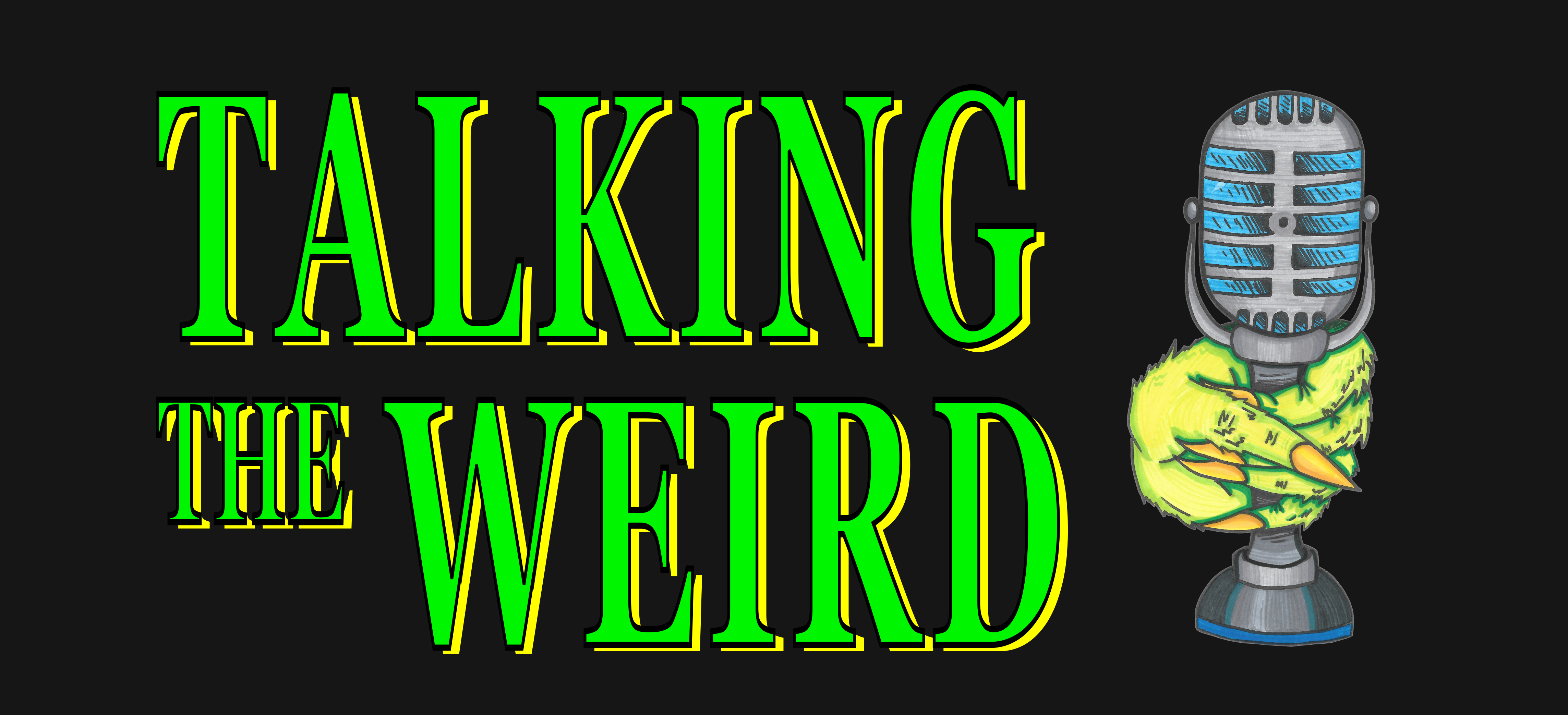
Reviewing the Weird: Passport to Magonia by Jacques Vallee (1969)
Sometimes younger explorers of the weird ignore older works. “It’s outdated,” is a response I’ve heard after recommending a decades-old book on ufology or the paranormal. I double down and stress that it’s important to look back at who carved the steps leading to Today.
Such is the case with Passport to Magonia: From Folklore to Flying Saucers by Dr. Jacque Vallee. The book is over 50 years old and “outdated” only in the sense that part of it chronicles in hardcopy the sort of UFO sightings list we might retrieve almost instantly, thanks to the Internet. Yet the book is groundbreaking. Vallee set the table for the sort of expansive thinking today’s most innovative ufologists and parapsychologists are doing to better understand unusual sightings and possible encounters with visitors from other planets – or other dimensions.
You would think that with his degrees in astrophysics and mathematics, Vallee would present a hardnosed scientific guidebook that provides rational – and terrestrial – explanations for the many UFO sightings reported in the first half of the 20th century. Yet the sub-title of his wonderful text immediately indicates otherwise. Instead of crutching on physics to explain why UFOs can or can’t be visiting the earth, Vallee becomes part folklorist and part historian and offers counter theories to explain alleged extraterrestrial phenomena.
According to an ancient 9th century text written by Bishop Abogard of Lyon, Magonia was allegedly a cloud city inhabited by aerial sailors who traveled the skies in flying ships. These sky sailors hurled bad weather at the earth, flew down, and stole grain from farmers. Bishop Abogard’s story of Magonia’s inhabitants also sounds suspiciously like the airship sightings reported across rural America in 1896 and 1897. Newspaper reports of such incidents tell of airships descending upon rural locations and holding themselves close to the ground via the traditional sea vessel’s anchor!

Vallee points out that visitors from the skies have long been chronicled. We can go back to The Old Testament and Ezekiel the prophet’s description of circular fiery chariots piloted by heavenly visitors. What about the stories we have come to call “close encounters of the third kind,” thanks to the term coined by the great J. Allen Hynek?

British (English) School; The Prophet Ezekiel; National Trust, Chastleton House; http://www.artuk.org/artworks/the-prophet-ezekiel-217900
Tales of ETs visiting and abducting humans sound at least peripherally like the folklore tales of fairies who take lucky (or unlucky) visitors to their hidden realms. Even the abductee’s attempt to pilfer something from the fairy realm to prove that the event happened has a parallel in some modern-day ET abduction stories.

From The Book of Fairy Poetry (1920), illustrated by Warwick Gable
In his preface to the 2014 edition of Passport to Magonia, Vallee explains that his attempt to link modern ufology with ancient sightings and folklore was not well received by many. It’s ironic that Vallee himself had assisted Hynek and other modern researchers in creating a paradigm for exploring and better understanding UFO phenomena in the 20th century. Vallee, a scientist who had once argued for the consideration of flying saucers as machines from another planet inhabited by beings from another world, eventually lobbied for the need to think more expansively and consider a link between ancient stories of wondrous encounters and similar tales shared by 20th-century experiencers.

Passport to Magonia, with its well-reasoned theories, builds a bridge of considerations between the sightings and visitation stories of the past and the ones occurring in the present. Upon its release, some explorers of the weird simply couldn’t take it. The book was regarded not only as a radical departure, but as a betrayal by Vallee (8). Thankfully, that’s not so much the case today. Vallee admits that a few holdouts continue to completely reject his theories, but others are approaching ufology with more open minds: “Inspired by the notion of a link between ancient stories preserved by historians and the ‘modern folklore’ of UFO reports, a new generation of researchers has emerged, eager to advance the knowledge of the nature and impact of the observations” (9).
Indeed, shortly after Passport to Magonia appeared, John Keel published similar theories in what I would argue to be his most important work, Operation Trojan Horse (1970).

A decade and a half later, Whitley Strieber would publish Communion, the first of many important books about Strieber’s encounters with extraordinary beings he calls “the visitors.” In Communion, Strieber also speculates about the connections between modern extraterrestrial encounters and ancient stories that in their own ways touch on similar encounters.

Vallee uses the first half of his book to expound on his theories and the second half to present an annotated chronicle of a century of UFO sightings (1868-1968). These sightings come from all over the world, but key similarities emerge. While most of the stories are too short and leave us hankering to learn much more about them, there is enough specific detail in each to make them and their experiencers seem convincing. Today, the Internet provides us with instant access to information about key UFO sightings. I marvel at the meticulous chronicling Vallee amassed without the benefit of modern-day data access. He dug up the info dirt the hard way. Even today, we should be most grateful for his efforts.
By way of an epilogue, we must ask: Where does Erich von Daniken’s Chariots of the Gods fit into this equation? After all, Chariots of the Gods was published in 1968, a year before Passport to Magonia. Short answer and shameless semi-cliffhanger: We’ll explore von Daniken’s text in a future review.
— Oscar De Los Santos
